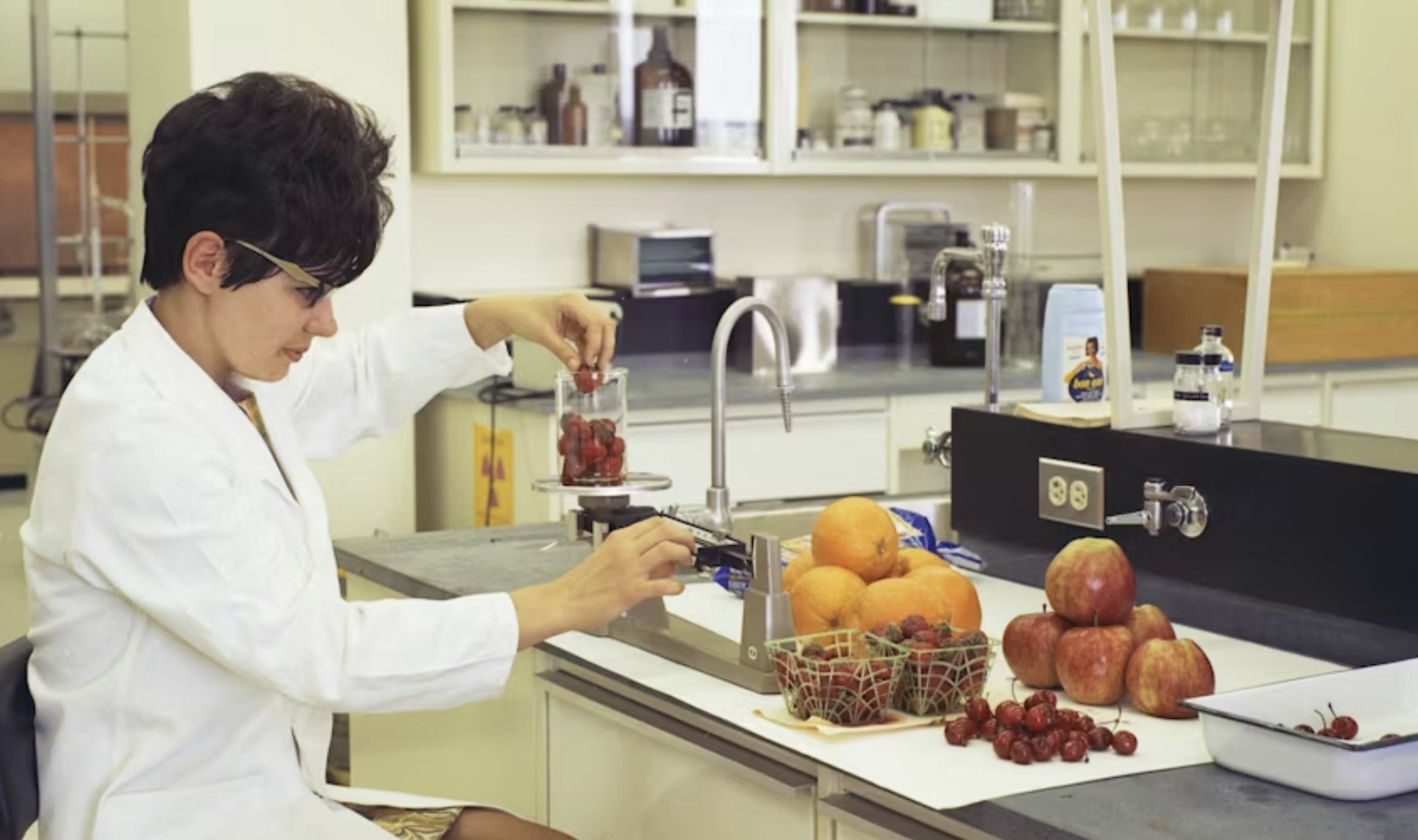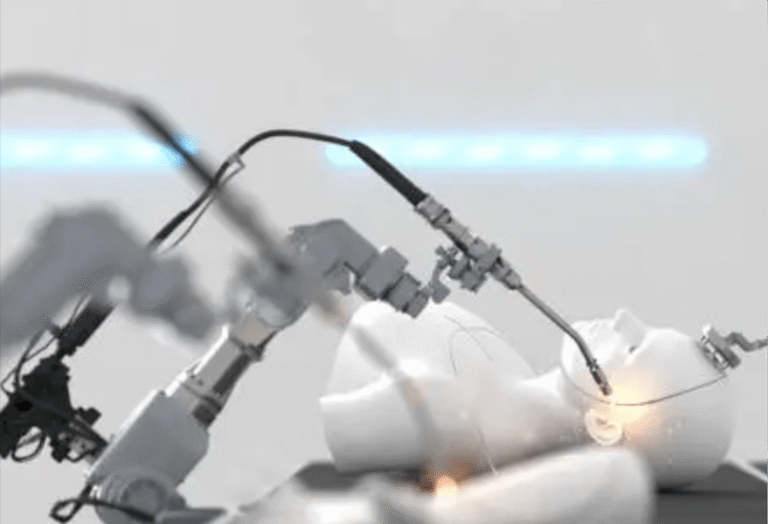
In food production, the impact of a product recall can ripple across every part of a business. From public perception and brand credibility to operational downtime and regulatory consequences, the stakes are high. While contamination may appear to be a sudden emergency, many issues have slow-building causes. One of the most commonly overlooked is the way equipment is designed.
The Quiet Threat of Inefficient Equipment
Food facilities rely heavily on sanitation protocols, but even the most well-trained staff can struggle when equipment is not designed with hygiene in mind. Machinery with flat ledges, open joints, or hard-to-reach areas can make thorough cleaning difficult or even impossible. Over time, those overlooked crevices become hotspots for bacteria and cross-contamination, often without anyone noticing until it’s too late.
This issue becomes even more challenging with aging machinery. Equipment that has been retrofitted multiple times or no longer meets current sanitation standards may introduce more risk than benefit. Without the ability to clean components in place or disassemble them quickly, cleaning becomes inconsistent. This introduces a greater margin for human error and increases the risk of contamination events.
Designing Equipment to Prevent Problems Before They Start
Many facilities are taking a proactive approach by investing in equipment that reduces risk from the start. Features such as curved surfaces, sealed edges, and self-draining angles minimize places where bacteria can settle. Rather than just meeting safety regulations, these machines help actively prevent contamination from occurring in the first place.
Advanced equipment also often includes automation that limits the need for hands-on involvement. Fewer manual touchpoints in the production line mean fewer chances for human error and fewer sources of contamination. This not only supports food safety but also helps improve speed and consistency.
Support Systems Make the Difference
Even the most well-designed equipment needs proper support to be effective. Ongoing maintenance, fast access to replacement parts, and responsive technical help are critical. When these systems are in place, facilities can respond quickly when something goes wrong and avoid small issues snowballing into bigger problems.
In addition to technical support, ongoing employee training is vital. When staff understand how to properly clean and inspect modern machinery, they can work more efficiently and spot issues earlier. When the design of the machine makes cleaning easier and faster, the process becomes more reliable.
A Preventative Mindset Leads to Long-Term Gains
No company wants to face the financial, regulatory, or reputational damage that comes with a recall. The best way to stay ahead of these challenges is to prioritize prevention at every level. That starts with equipment that supports safe and efficient operations from day one.
A smart investment in well-designed, easy-to-clean equipment pays off in the long run. It reduces cleaning complexity, improves product safety, and contributes to smoother day-to-day operations. More importantly, it helps foster a safety-first culture where preventing problems becomes second nature rather than an afterthought.Explore how intentional equipment design and proactive process planning come together to reduce risk in the visual breakdown of the recall lifecycle from Bak Food Equipment, a provider of mechanical brine injectors.





